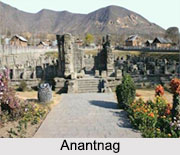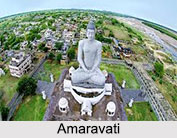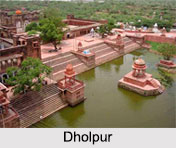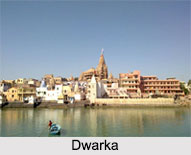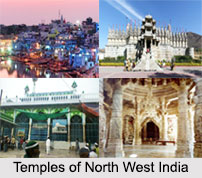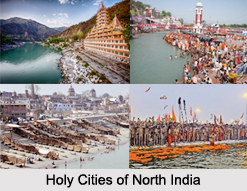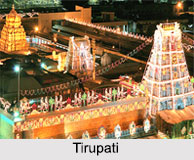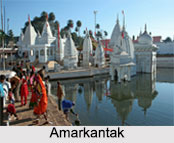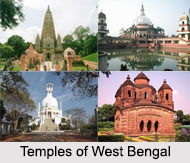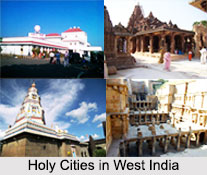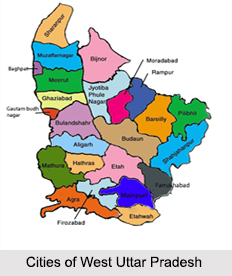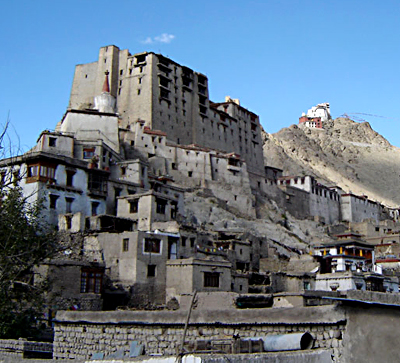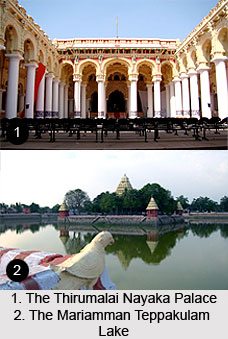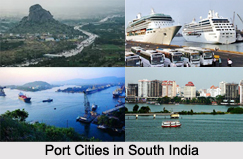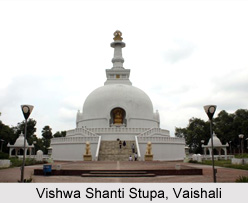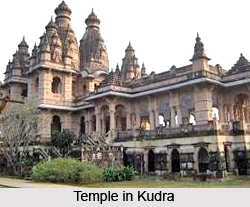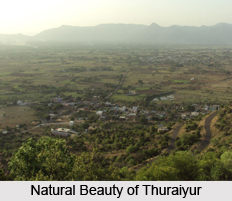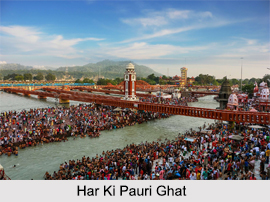Tourist quotient of Berhampur has shown an upward rising since Berhampur is full with a multitude of interesting locales. Marvelous temples, commercial propensity as well as other factors have drawn admiration of tourists from all over the country. It is a shopping hub for silk saris and handicrafts. As has been already mentioned, it is popularized as "Silk City" of Orissa since Berhampuri Pata Sari is manufactured here.
It is an ideal destination for the devotees and pilgrims who throng here in large numbers.
Numerous temples have been constructed. These are namely Sree Abhiramparamhansa Temple, Mausimaa Temple, Upper Bagh Devi Temple, Thakurani Temple, Bada Jaganath Temple ,Neelakantheswar Temple ,Uttareswar Temple ,Tara Tarini Temple ,
Hari Hara Bheta Temple, Lord Venkateswar Temple, Sri Sri Sri Vasavi Kanyaka Parameswari Mandiram, Sri Satya Sai Baba Mandiram ,Sri Veera Brahmendra Mandiram ,Sri Kusuma Haranath Mandiran ,Sri Shiridi Sai Baba Temple, Venkatramana Temple ,
Kalki Bhagwan Temple, Sri Pataleshwar Temple.
Lying about eighty-eight kms, Mausimaa Temple is a significant shrine. Its presiding deity is the sister of Lord Jagannath`s mother. This temple fetes the festival of Rath Yatra with great vigor and enthusiasm. In the same distance another temple is located. It is called the Upper Bagh Devi temple. Bagh Devi is its presiding goddess. It is situated at the top of a hill and one needs to ascend almost two hundred and ten steps for reaching there. Every moth people used to fete the day of Sankranthi within the temple premise. Every year Rath yatra is celebrated. Also at a gap of 3 years the celebration of Thakurani Yatra is celebrated in pomp and grandeur. Other temples namely Jagannath temple, Mausimaa Temple, and Ratneswar Mahadev temple lie in close proximity. Another temple is called Tara-Tarini .
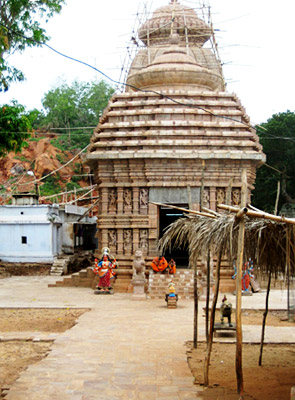 Tara-Tarini is one of the primeval `Shakti Pithas` of the state of India. It is most popular. In almost every household of Orissa, deities like Tara and Tarini are revered with great awe and devotion. They are Ista-Devi, the `presiding deity` of the state of Orissa. This temple lies on the top of the hill lying at a distance of thirty kms towards north of Berhampur. River Rushikulya also flow through it.
Tara-Tarini is one of the primeval `Shakti Pithas` of the state of India. It is most popular. In almost every household of Orissa, deities like Tara and Tarini are revered with great awe and devotion. They are Ista-Devi, the `presiding deity` of the state of Orissa. This temple lies on the top of the hill lying at a distance of thirty kms towards north of Berhampur. River Rushikulya also flow through it.
Amongst other important places of Berhampur , Orissa Biramchinarayan Temple is a landmark. It is constructed at the time of seventeenth century. It is located at village of Buguda lying near about thirty six kms north of Berhampur city . Jaugarh is at a stone throw distance only. Wonderful murals, which depict the scenes from Ramayana, the great epic of India, beautify this temple.
Jaugada is the locale which houses the sculptured rock edifices built by Emperor Ashoka. It has its located at a place which is 35-km away from Berhampur.
Gopalpur-on- sea is a haven for all those who love to spend their times amidst the bounty of coastal beaches. It is one of the important places of Berhampur, Orissa. It lies about sixteen kms from the city of Berhampur. This place also has got an interesting story behind it. During primitive time it is a large seaport where the people of Orissa carried naval trading with foreign countries like Indonesia. Even the famous Sadhavas carried on commercial activities in this ancient port. Remnants like crumbling walls, light house serve as proofs of its glorious past. It was during the British era it became a beach resort.
Situated in the lap of thriving green forests, almost fifty kms from Berhampur, Taptapani is one of the important places of Berhampur, Orissa. It is a hot water spring. For facilitating bath hot water is canalized to a pond in the vicinity.
Mahendragiri is in the midst of green forestry. Experts say that it is one of the important places of Berhampur, Orissa. One can experience the thrill of tracking in the hills of Mahendragiri whose height is almost 1525 m. From Berhampur, one can easily reach this majestic forested hill though it stretches to a distance of 125 kms.
Chilka Lake, situated at a distance of seventy-five kms from the city of Berhampur is mostly frequented place by the people. Being the biggest inland lake of India, Chilka Lake that its swirling blue waters and chirping tunes of birds, is an epitome of natural glory.
